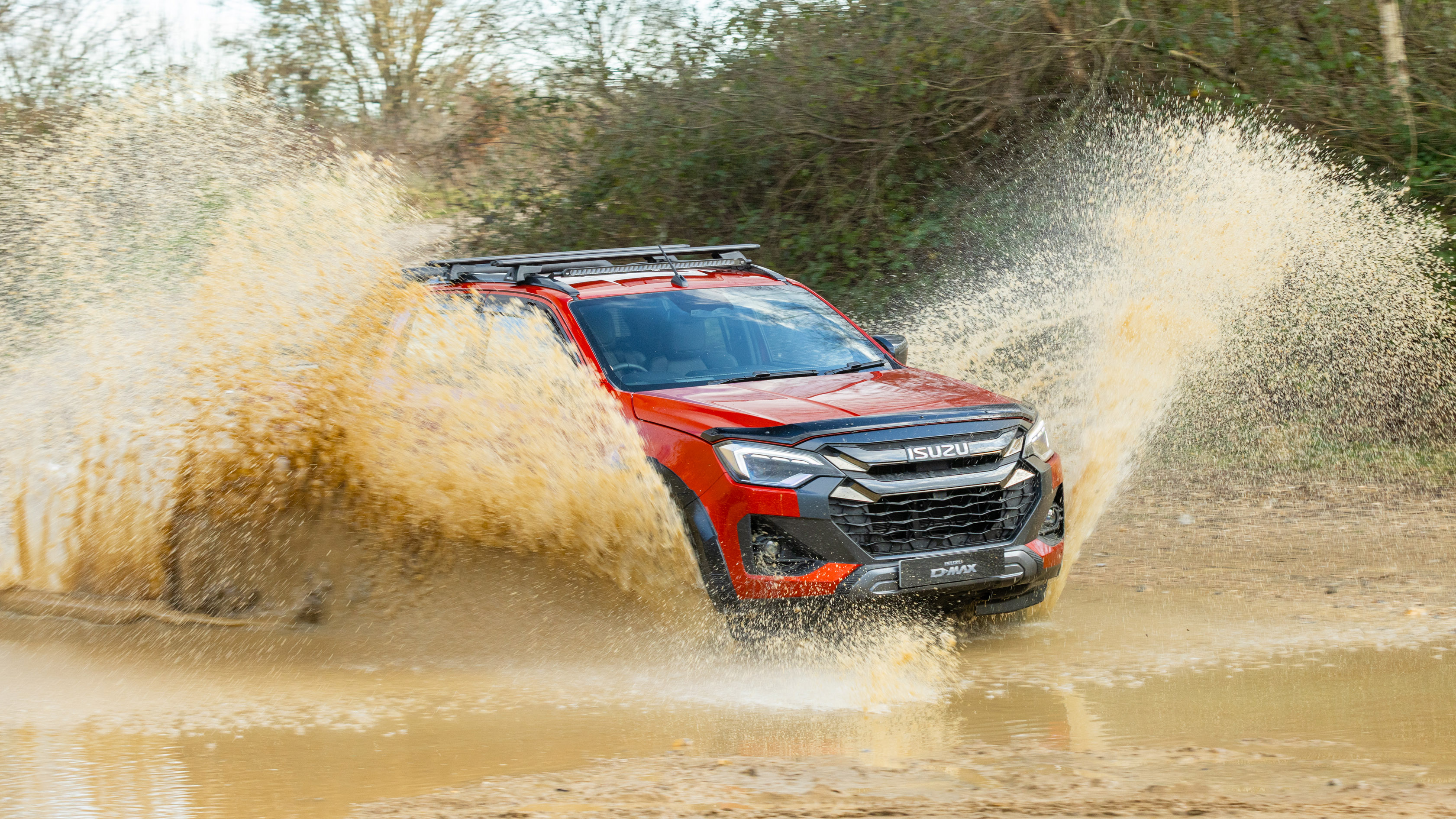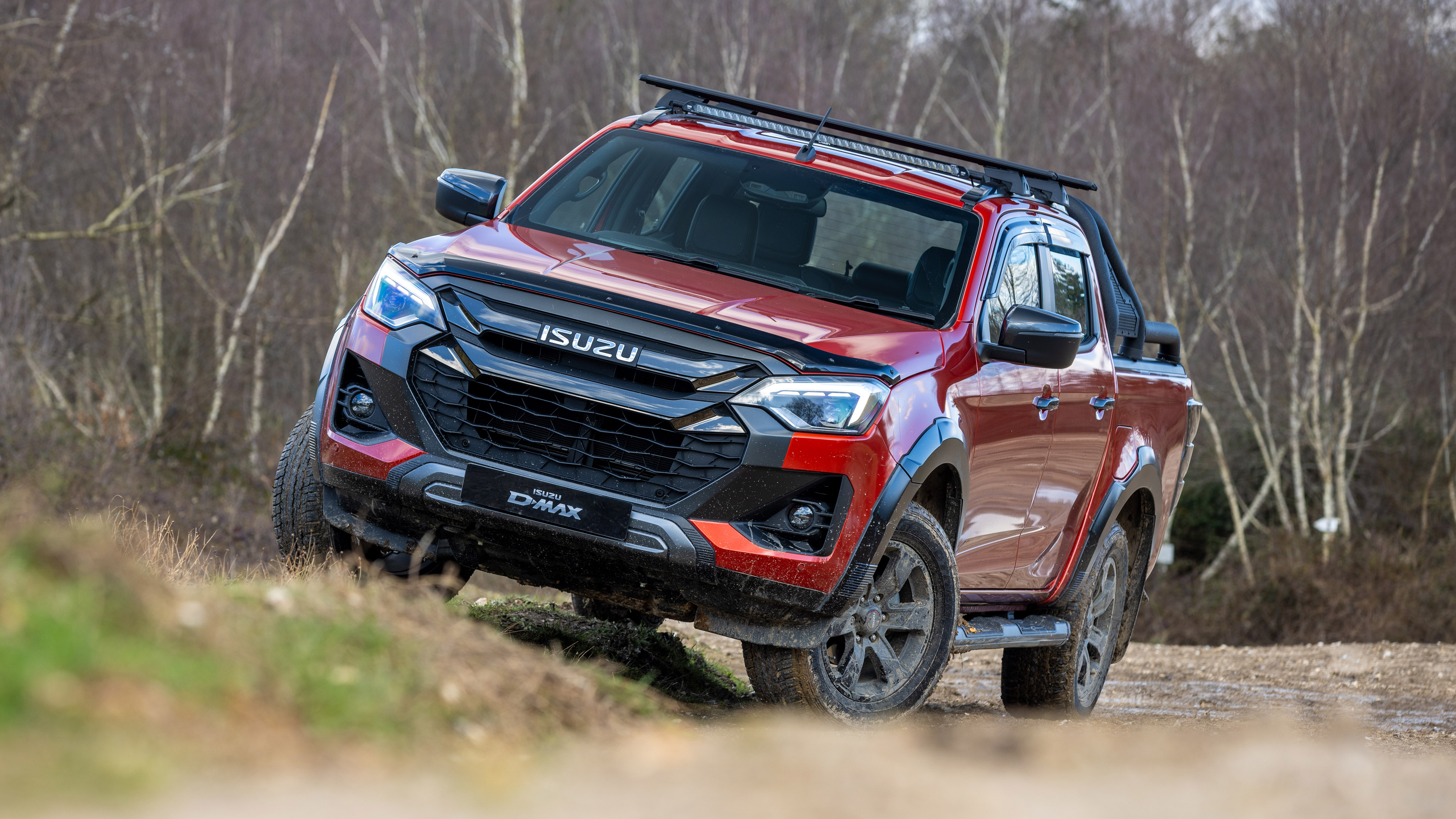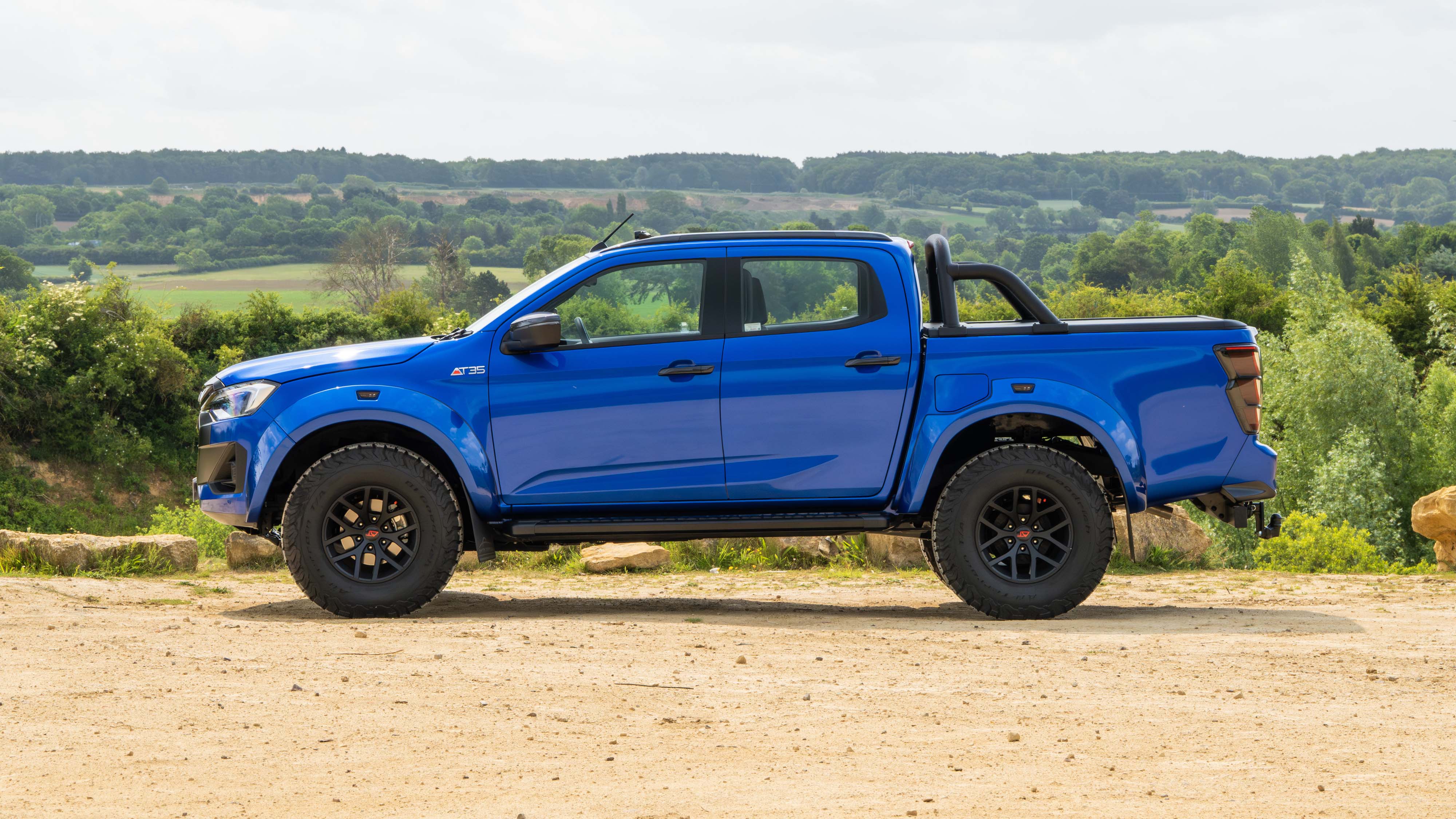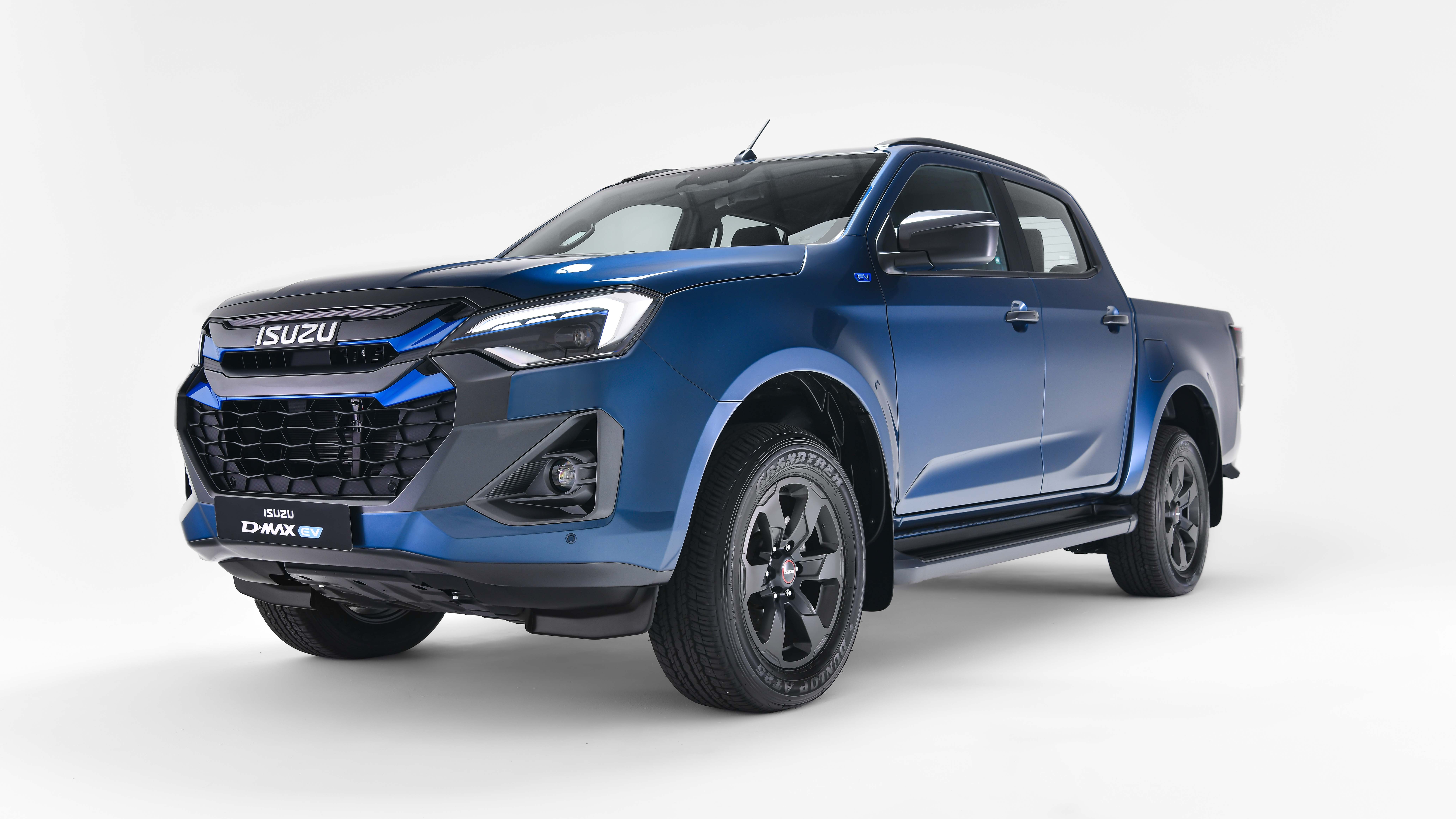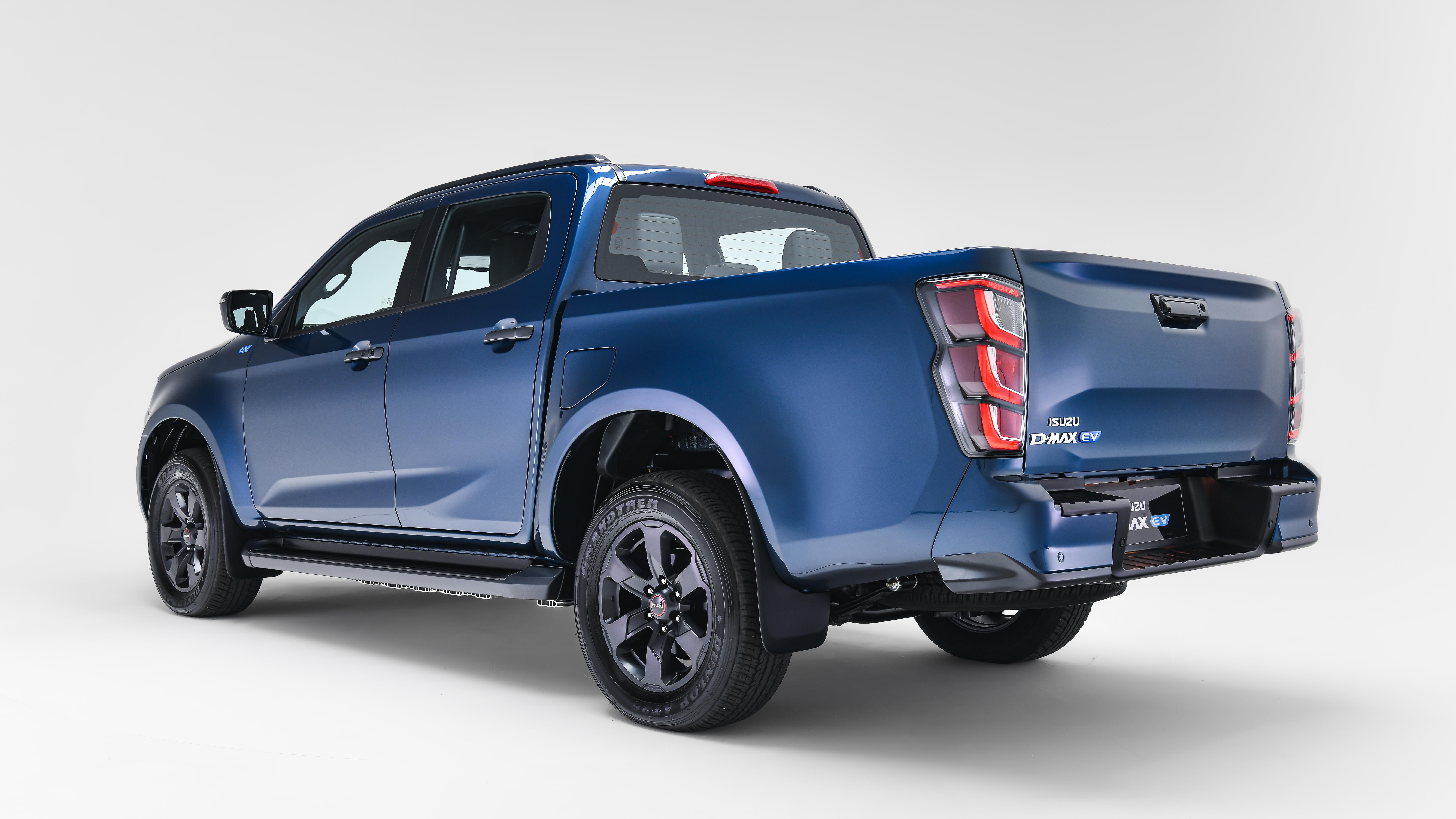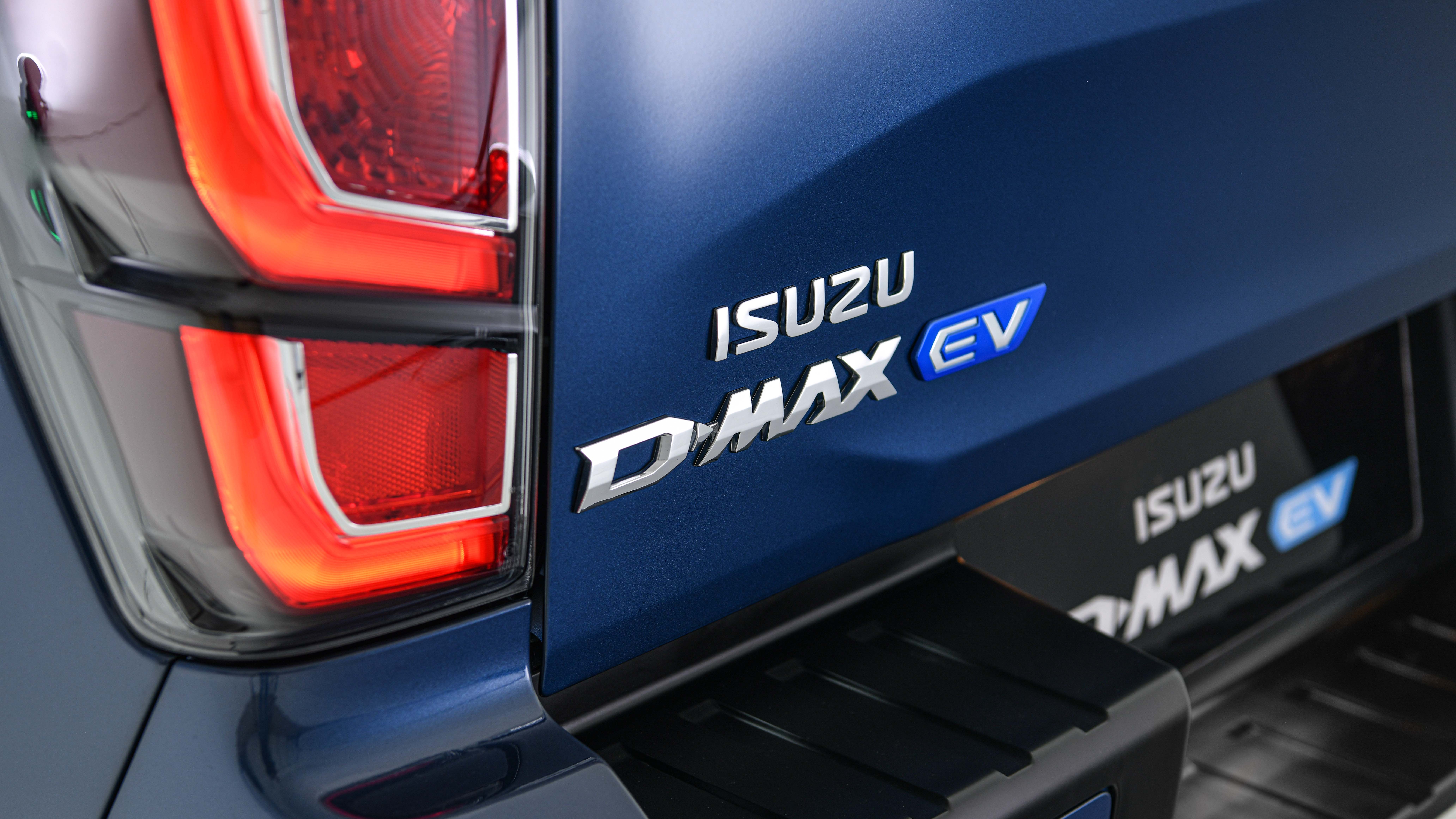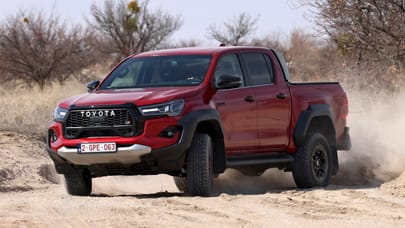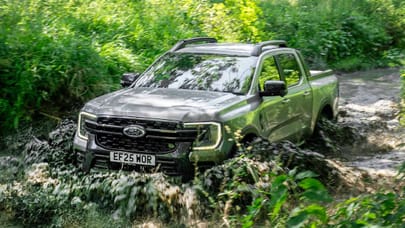
Isuzu D-Max review
Good stuff
AT35 has formidable on road presence, huge warranty, 3.5-tonne towing capacity
Bad stuff
Rattly diesel engine, commercial vehicle on-road manners, top spec versions pricey
Overview
What is it?
You may not have noticed, but the Isuzu D-Max was facelifted in mid-2023 with a new front grille, new wheel designs and some fresh interior fabrics. Yeah, it wasn’t the most comprehensive overhaul. But as the saying goes, if it ain’t broke…
The self-proclaimed “pick-up professionals” only offer a single model here in the UK these days, but when this third-gen D-Max arrived on UK shores in 2021, Isuzu told TG that it planned to go more ‘lifestyle’. At that point in time, Mitsubishi had just pulled out of the UK altogether, Volkswagen had discontinued the previous-generation Amarok and Mercedes had stopped X-Class production.
The Toyota Hilux and Ford Ranger remained a constant on our shores, and now in 2025 there are rivals like the new, Ranger-based Amarok, the KGM Musso and the pricey Ineos Grenadier Quartermaster. And yet, 2024 was Isuzu’s best year for sales to date, with over 6,500 examples of the D-Max finding homes in the UK.
However, now that double-cab pick-ups are treated as cars rather than commercial vehicles for Benefit-in-Kind tax, it’s tricky to know how the once burgeoning truck market in the UK will be affected.
Has the D-Max fully stepped away from its workaday image?
Not quite. Isuzu has taken a leap towards ‘lifestyle’, but because it only has the D-Max to focus on it’s still able to offer the classic ‘Utility’ spec complete with steel wheels, black plastic bumpers and halogen headlights. There’s more detail over on the buying tab, but prices for that start at £27,755.
As you walk up the range the D-Max strays further into posh pick-up territory, although the top spec £57k+ AT35 version is actually a badass, widebody adventure truck built by the folk over at Arctic Trucks. Presumably that’s for the people who consider climbing a mountain before breakfast a ‘lifestyle’ activity.
That’s the blue one in the pictures above, with the latest evolution having arrived earlier this year. Highlights include a roof lightbar, 40mm suspension lift, flared wheelarches, plus 35in BFGoodrich All Terrain tyres. Yeah, it’s large.
What’s under the skin of the D-Max?
Well, you’ve still got a properly sturdy ladder frame chassis and leaf spring suspension at the rear. You’ve also only got one choice of engine – an old school 1.9-litre turbodiesel four pot that can be paired with either a six-speed manual or six-speed auto gearbox. It’s loudly and proudly a commercial vehicle powertrain, endowing the D-Max with the ability to tow 3.5 tonnes.
However, there will also soon be a D-Max EV (pictured above), and we’re promised that will also get the 3.5-tonne towing capacity, one-tonne payload and full-time four-wheel drive. It’ll also get a 66.9kWh battery and dual motors for 188bhp and 240lb ft of torque. Just 163 miles of WLTP rated range, though. If you’re interested, first deliveries to UK customers are planned for March 2026.
Any other key figures that I need to know?
Well, all diesel versions of the D-Max also get a payload of over one tonne, even the Arctic Trucks variant with its fancy Bilstein suspension. Oh, and Isuzu still offers a 125,000 mile/five-year warranty across the range.
What's the verdict?
Fair play to Isuzu. It’s managed to retain the old D-Max’s workmanlike abilities whilst also bringing a lot more mass appeal to the range with the posher V-Cross trim. It’s not perfect: on-road manners are still lacking, and the old diesel engine could certainly be more refined, but it’s a fine effort at compromise and still undercuts direct rivals on price.
The interior is simple and easy to use, even if some of the graphics feel like they’ve been transplanted straight from the 2000s, while some of the materials aren’t quite as premium as those in the Ranger or Amarok.
The Rivals
Trending this week
- Car Review
Alpine A390




